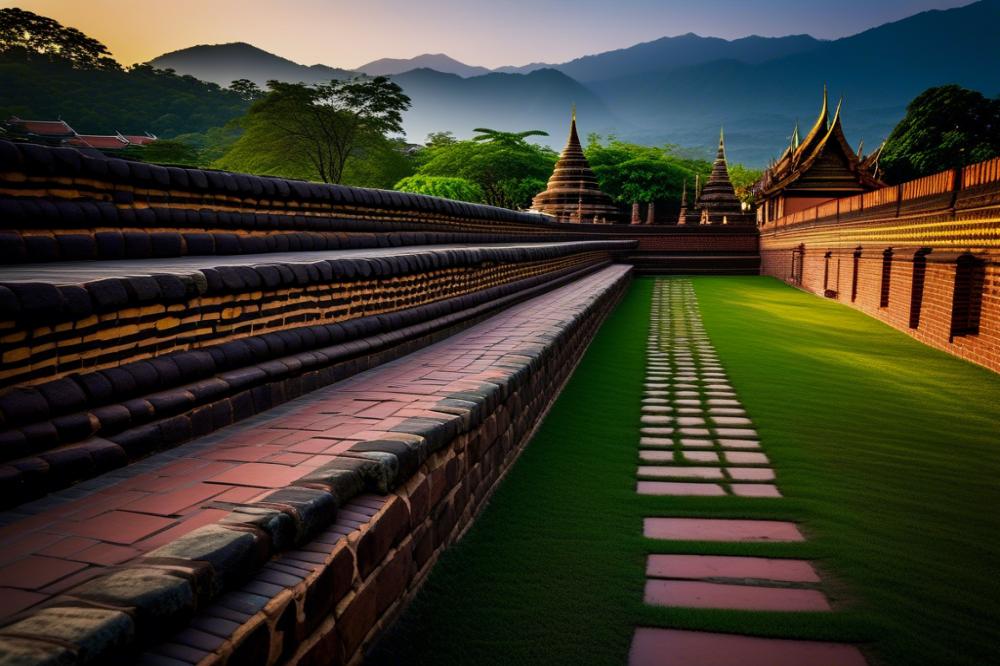Introduction
Chiang Mai stands out as a vibrant travel destination in northern Thailand. Nestled among picturesque mountains and lush landscapes, it offers a blend of rich heritage and modern conveniences. Many visitors flock to this city for its famous temples, lively markets, and unique cultural experiences.
The importance of the city fortifications cannot be overstated. The ancient city walls of Chiang Mai are not just remnants of the past. They symbolize the resilience and ingenuity of the region’s history and architecture. Built in the 13th century, these structures served as a defensive barrier, protecting the city from intruders and showcasing the significance of Thai culture.
This article aims to explore the ancient city walls, shedding light on their historical worth and architectural features. As one of the prominent attractions in Chiang Mai, these walls are key to understanding Chiang Mai’s history. Many historical landmarks are situated nearby, making it a focal point for tourism and education alike. Travelers seeking to enrich their experience will find that discovering the city walls will deepen their appreciation for both Chiang Mai and Thai culture.
History of Chiang Mai walls
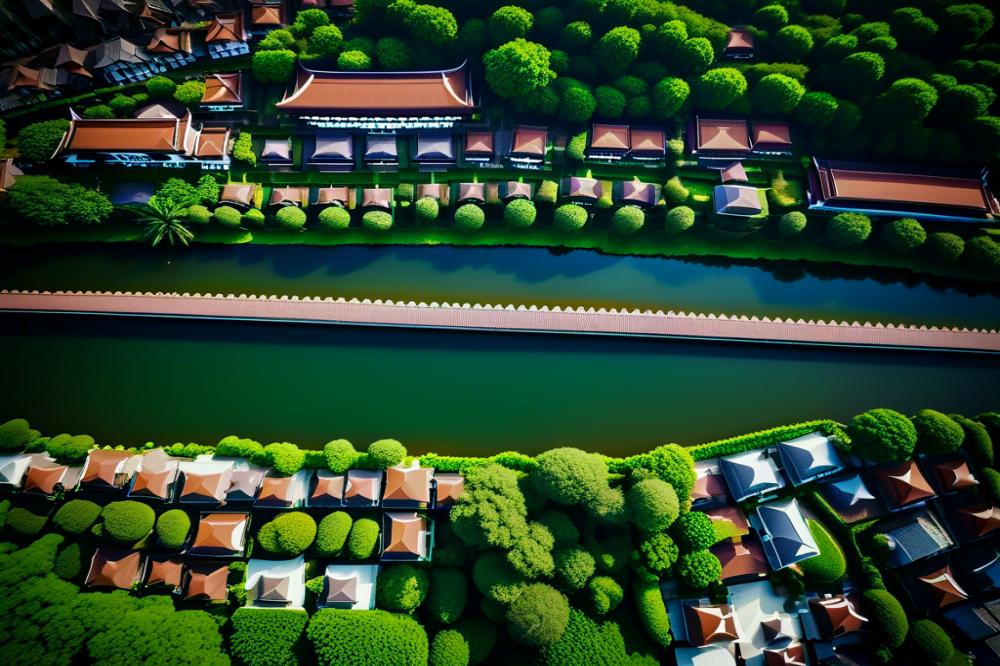
The origins of the city walls date back to the 13th century during the Lanna Kingdom. This period marked the establishment of Chiang Mai as a vital city in northern Thailand. Initially built as simple fortifications, the walls underwent several expansions and renovations over the years. Local leaders recognized the need for stronger protections against invasions, reflecting the era’s military strategies. The architecture of the walls combines both defensive and aesthetic elements, showcasing the ingenuity of the builders.
City fortifications played a crucial role in the defense of Chiang Mai. They were designed to protect the population from invading forces, especially during the turbulent times of regional conflicts. The walls surrounded the city, creating a solid barrier. Towers and gates were added for additional security and surveillance. Layers of brick and mortar reinforced these structures, allowing them to withstand attacks. Historical accounts reveal that these walls often served as rallying points during battles, showcasing their importance beyond mere protection.
Key historical events are tied to the construction and use of the walls. They witnessed various sieges, including attempts by Burmese and Siamese armies. In 1776, the walls withstood an invasion from a well-organized Burmese force. That event highlighted the walls’ significance not only as a military asset but also as a symbol of resilience. Over time, these structures became essential to the identity of Chiang Mai. Today, they stand as vital heritage sites, attracting tourists interested in Thai culture and history.
Tourism has increased in recent years, thanks to the allure of historical landmarks like the Chiang Mai walls. Travelers explore the remnants of these ancient fortifications while learning about the city’s rich past. The walls serve as an educational backdrop for those seeking to understand the complexities of Chiang Mai history. Visitors can enjoy the scenic views and imagine the bustling activity that once surrounded these important structures.
Architecture of the Chiang Mai Walls
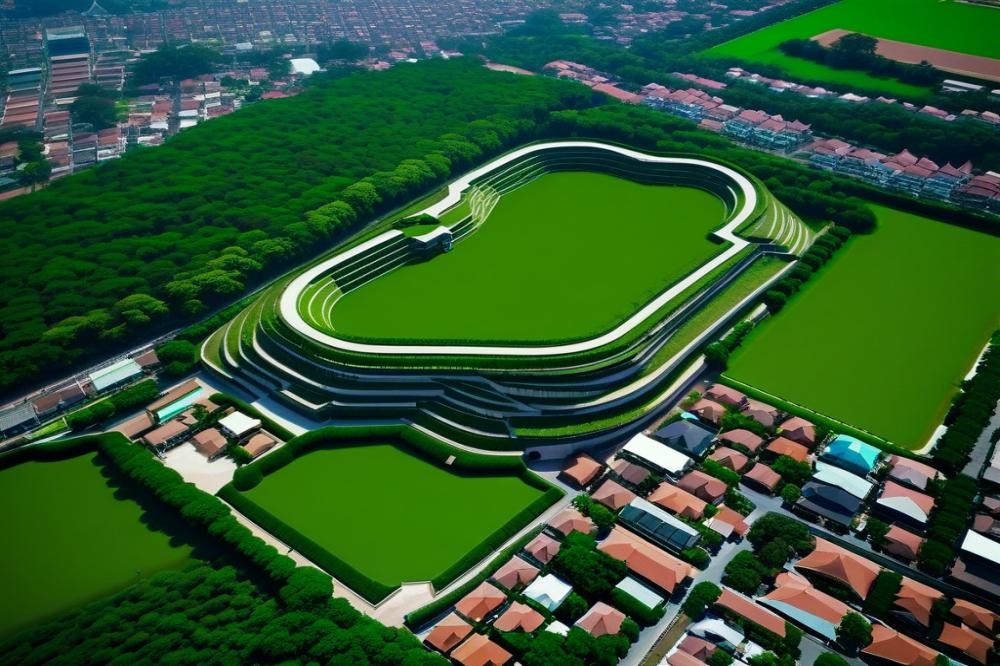
The structural design of the walls in Chiang Mai reflects both their purpose and the era in which they were built. Primarily constructed from brick and clay, the walls stand as a testament to the skills of ancient builders. These materials were locally sourced, showcasing the resourcefulness of early Thai culture. Thick and sturdy, the walls were intended to protect the city from invasions and other threats.
Architectural styles typical of the time incorporated a blend of Thai and Burmese influences. Rounded towers, known as bastions, strategically overlooked the surrounding landscape. These features not only enhanced defense mechanisms but also showcased artistic designs of the period. The gates of the walls, serving as entry points, display intricate carvings that tell stories of Chiang Mai history.
Notable features further highlight the complexity of city fortifications. The four main gates, such as Tha Pae Gate, serve as significant landmarks and tourist attractions today. Each gate has its own story, unique in form and purpose, contributing to the overall heritage site of Chiang Mai. A moat surrounds the walls, offering extra security and a picturesque element for visitors. These elements create a fascinating travel guide for those interested in historical landmarks.
Modern tourism thrives on the rich history encapsulated in these architectural marvels. The combination of brick walls and natural elements like water showcases a harmony between man-made and natural beauty. Furthermore, the walls symbolize the resilience of a city that has withstood the test of time. Walking along the remnants of these fortifications gives insight into the city’s dynamic past and the strategic importance it once held.
Cultural Significance and Heritage
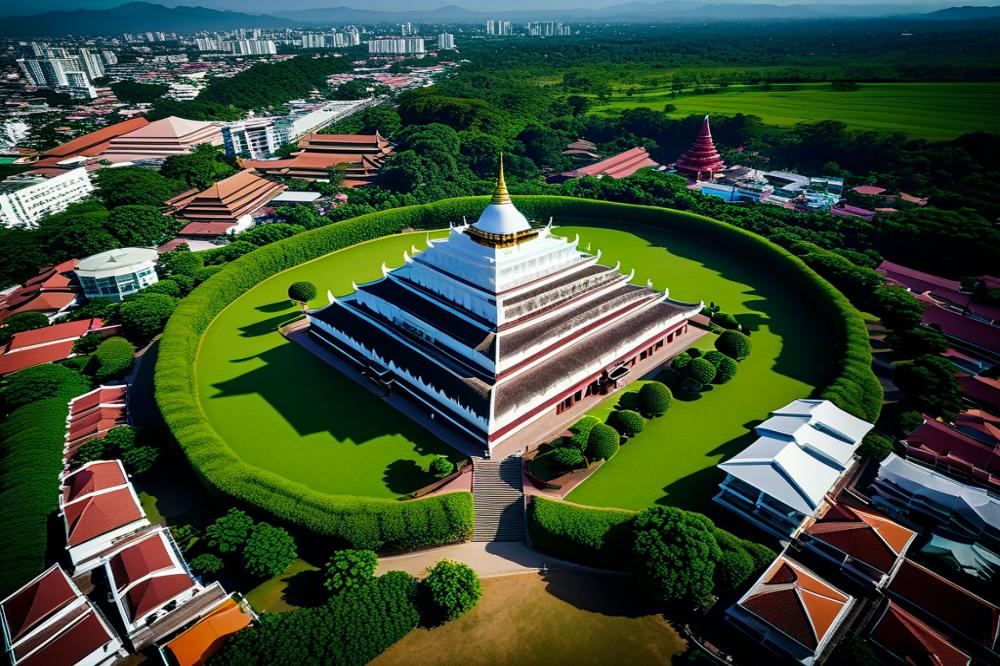
The ancient city walls of Chiang Mai are more than just a structure; they represent deep roots in Thai culture and identity. Originally built to defend the city, these city fortifications now serve as a reminder of the region’s history. Knowledge of their architecture reveals stories of different eras and influences that shaped the area. Many locals view the walls as a symbol of pride, connecting them to their heritage.
During local festivals, the walls become vibrant backdrops for various celebrations. Events such as Yi Peng and Songkran see the ancient barriers decorated with lights and colors, enhancing the festive spirit. Times like these draw in tourists and locals alike, encouraging community bonding and cultural expression. The walls themselves become part of the festivities, highlighting traditions that have existed for generations.
Recognition as a heritage site has significant implications for preservation efforts. Authorities and organizations work diligently to maintain this historical landmark for future generations to enjoy. Tourism has increased in the area, resulting in both benefits and challenges. Careful management is necessary to balance visitor interest with the need to protect the site. This balance ensures that the walls continue to stand as a testament to Chiang Mai’s rich history.
Exploring the ancient walls offers travelers a unique glimpse into Chiang Mai’s past. Walking along them not only reveals stunning views but also provides insight into the region’s architectural beauty. Visitors often seek out this experience as part of a travel guide focused on local attractions. The walls encapsulate both the struggles and triumphs of the city, telling tales that resonate with many.
Tourism and Attractions Related to the Walls
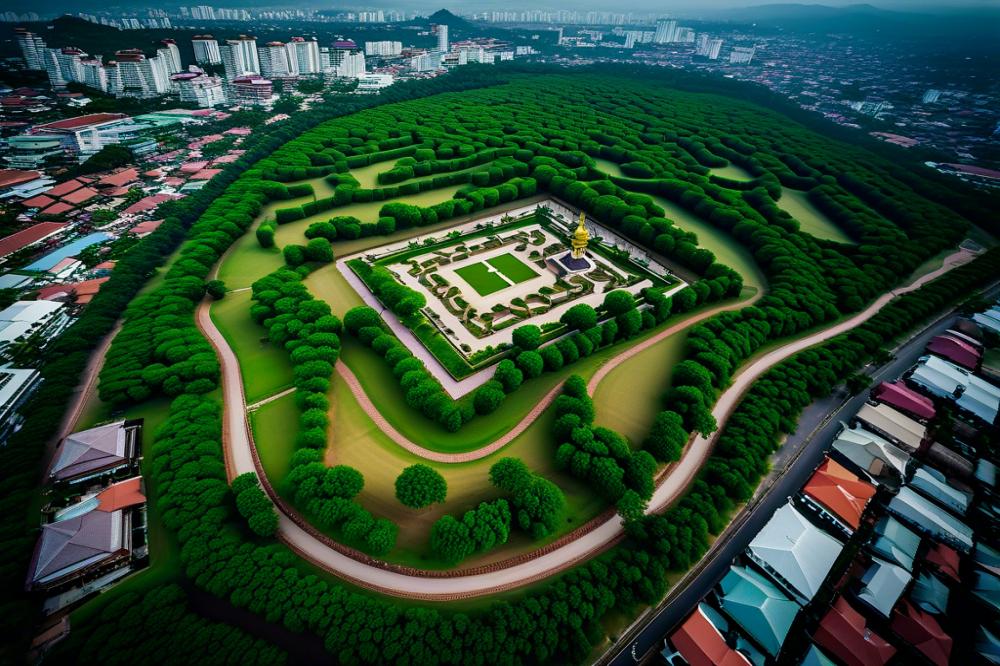
Overview of Tourist Activities and Experiences
Visitors to Chiang Mai often seek to immerse themselves in history and culture. Exploring the ancient city walls is an engaging way to understand the region’s past. Walking along these old fortifications allows tourists to appreciate the impressive architecture. Guided tours provide insights into the historical significance of each section. Many travelers take photographs, capturing the unique features of the walls.
Key Attractions Nearby
Numerous attractions are close to the city fortifications. Wat Phra Singh, a stunning temple, draws worshippers and tourists alike. This landmark showcases traditional Thai culture through its intricate designs. The Sunday Walking Street Market is another nearby highlight. Visitors can find handmade crafts, local foods, and vibrant souvenirs. Perhaps you would enjoy relaxing at Huai Kaeo Waterfall, a park offering nature trails and picnic spots. Such places enhance the overall experience of Chiang Mai’s heritage.
Practical Travel Guide for Visitors
Optimal times to visit the walls are early in the morning or during the late afternoon. At these hours, temperatures are milder, making the exploration more enjoyable. Accessibility is generally good, with well-placed pathways for everyone. Many choose to rent bicycles to cover more ground. Local tour companies offer various packages focused on historical landmarks, including guided walks and bike tours.
Finding information about these activities is easy. Brochures and maps are usually available at hotels and visitor centers. Planning your trip around local festivals can also be rewarding. Events often occur near the ancient walls, adding to the vibrant atmosphere. Engaging with local traditions will deepen your understanding of Chiang Mai history.
Preservation Efforts and Challenges
Current State of the Walls and Preservation Initiatives
The city walls of Chiang Mai are significant historical landmarks that showcase ancient architecture. These structures have endured centuries of weathering and human activity. Local authorities have made efforts to restore sections of the walls. Funded projects aim to maintain the integrity of these city fortifications while also promoting them as attractive tourist destinations. Many tourists visit to learn about Chiang Mai history and understand its role in Thai culture. Preservation initiatives include cleaning, structural repairs, and educational programs about the walls’ importance.
Challenges Faced in Maintaining Historical Integrity
Maintaining the historical integrity of the walls presents several challenges. Environmental factors like heavy rain and pollution can damage these age-old structures. Additionally, the pressure from urban development threatens their preservation. Balancing tourism with conservation efforts becomes crucial. Tourists may unintentionally harm the walls through neglect or over-enthusiastic photography. Therefore, finding a solution that keeps the walls intact while allowing people to appreciate their beauty is vital.
Community Involvement and Support for Heritage Conservation
Community support plays an essential role in heritage conservation. Local residents often participate in educational initiatives or volunteer for cleanup days. They understand the importance of the city walls and how they connect to Thai culture. Involving schools in preserving these attractions can foster a sense of pride among younger generations. Moreover, cultural festivals often take place near the walls, highlighting their value to the community. Overall, engagement from locals helps preserve the walls for future generations to explore and enjoy.
Final Thoughts on Chiang Mai’s Ancient Walls
The ancient fortifications of Chiang Mai hold not only historical significance but also architectural wonders. These walls are a key part of the city’s identity, reflecting its rich past and the struggles that shaped it. Travelers from around the globe visit to see these remnants of history, drawn by their stories and the beauty of the craftsmanship. Exploring the walls offers a chance to step back into time, to imagine life in a bustling city centuries ago.
Visitors are encouraged to wander along this remarkable structure. Each section of the walls presents a new viewpoint and a different aspect of the city’s heritage. Walking through the gates is like entering a portal to a different era. Take the time to appreciate the details; every brick and stone has a tale to tell. Overlooked corners reveal hidden beauty that enhances the overall experience of Chiang Mai.
As tourism grows, it becomes crucial to find a balance between attracting visitors and preserving these heritage sites. Local authorities and communities work hard to maintain the integrity of the architecture while inviting people to explore it. Respecting these treasures of the past ensures that future generations can also appreciate them. Everyone has a role in protecting this irreplaceable history. By enjoying it thoughtfully, tourists contribute positively to its preservation.
Ultimately, the walls of Chiang Mai are not just a sightseeing stop. They are a testament to resilience and cultural richness. The more you engage with them, the deeper your connection to the past becomes. So when you visit, take a moment to reflect on the lives that have traversed this path before you. Your journey through these ancient walls will remind you of the stories waiting to be discovered.

